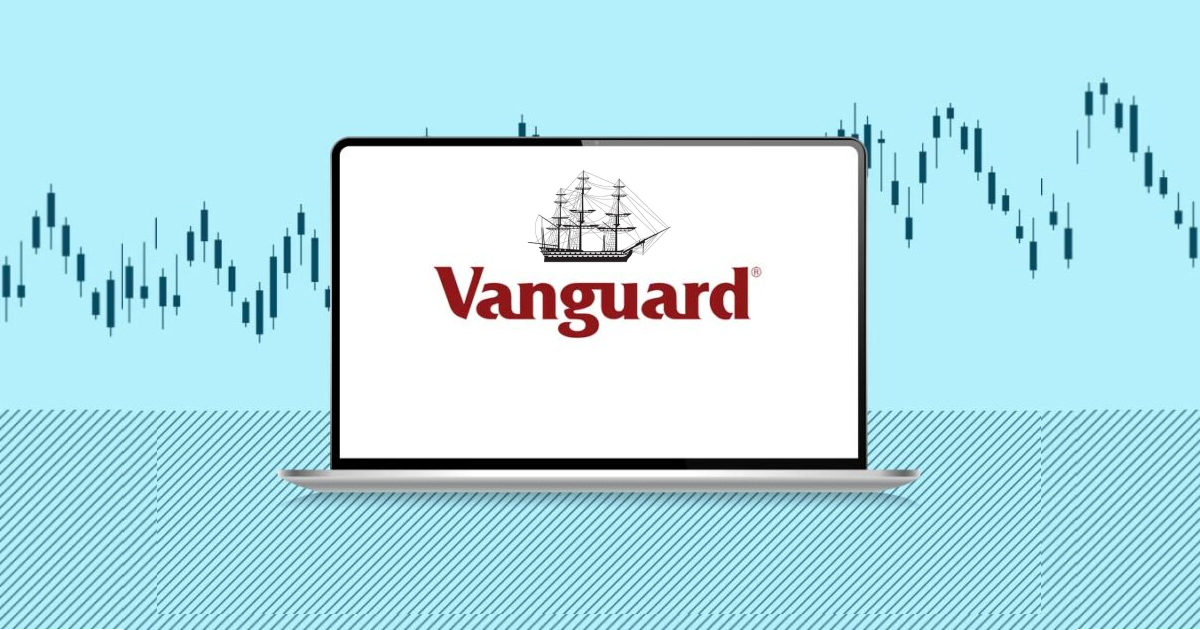There are lots of investment options available to you, whether you’ve been saving for years or just earned $100k. You have to think about your specific goals, risk tolerance, and circumstances when you’re looking for passive income because what works for others may not work for you.
In this article, we’ll help you find the right investment strategy for your needs. We’ll walk you through a straightforward process and provide you with the top 05 methods to invest $100k for passive income in 2024.
Considerations Before Investing $100k:
There are two crucial steps that must be addressed before exploring investment options and these are listed below:
Step 1: Build Your Safety Net
Establishing an emergency fund is essential before embarking on any investment journey. This fund should cover 6-12 months of living expenses and serve as a safety net in case of unforeseen circumstances such as job loss or medical emergencies. By having an emergency fund, you gain financial security and peace of mind.
Step2: Define Your Financial Goals
Now that you have your emergency fund in place, it’s time to align your investment strategy with your financial goals. Consider the following questions:
- Assess your level of involvement. Determine the balance between passive and active investments that suit your lifestyle.
- Evaluate your risk tolerance. How much are you comfortable potentially losing?
- Consider the timeline for accessing the invested money. Will you need the funds soon or is this for long-term growth?

05 Ways to Invest $100k in 2024:
Listed below are the five best ways to invest $100k by 2024.
1. Invest in Mutual Funds, ETFs, and Index Funds:
When it comes to investing in the stock market, mutual funds, ETFs, and index funds are excellent options for beginners and experienced investors alike. These investment vehicles provide diversification and allow individuals to gain exposure to a wide range of stocks or bonds, all while keeping costs low. Let’s explore each of these investment options in more detail.
Mutual Funds:
Mutual funds are professionally managed funds that pool money from multiple investors to invest in a diversified portfolio of stocks, bonds, or other securities. Investing in a mutual fund offers a convenient way for individuals to access a variety of investment opportunities without needing to choose individual stocks or bonds themselves. Investors can easily buy shares of mutual funds through brokerage accounts or directly from the fund company.
ETFs:
Exchange-traded funds, or ETFs, are similar to mutual funds but trade on stock exchanges like individual stocks. ETFs are designed to closely track a specific index, sector, commodity, or asset class. They provide investors with the ability to buy shares that represent a diversified portfolio. Some popular ETFs include SPDR S&P 500 ETF (SPY), Vanguard Total Stock Market ETF (VTI), and iShares Core MSCI Emerging Markets ETF (IEMG).

Index Funds:
Index Funds are a type of mutual fund or ETF that is specifically designed to track a particular market index, such as the S&P 500 or the Dow Jones Industrial Average. Index funds provide investors with broad market exposure and typically have lower expense ratios compared to actively managed funds. By investing in index funds, individuals can passively participate in the overall market performance with minimal fees and less active management.
How to Invest in Index Funds, ETFs, and Index Funds:
To invest in mutual funds, ETFs, or index funds, individuals can open a brokerage account with reputable firms like Bank of America and J.P. Morgan etc. These brokerage platforms provide access to a wide range of investment options, including various mutual funds, ETFs, and index funds. Investors can research and choose funds that align with their investment goals, risk tolerance, and preferences. It’s essential to consider factors such as fund performance, expense ratios, and fund managers’ track records when selecting funds for investment.
It’s important to conduct thorough research and consider factors such as the company’s financial health, dividend payout ratio, and industry trends before making any investment decisions. However, if you find yourself busy and don’t have the time to conduct thorough research, there are investment tools and platforms available to help you make informed decisions, like Stock Target Advisor.
2. Invest in Dividend Stocks:
Dividend stocks provide investors with the opportunity to generate regular cash flow. By owning shares of these companies, you can benefit from both potential capital appreciation and consistent dividend payments. This regular income can be especially appealing to those seeking to Invest $100k for Passive Income to cover expenses or supplement other income sources.
Popular dividend stocks include household names like Johnson & Johnson (JNJ: NYE), and Procter & Gamble (PG: NYE).
When it comes to selecting dividend stocks, personalization is key. Consider your investment objectives, risk tolerance, and preferred sectors or industries. Some investors prioritize high dividend yields, which represent the dividend payment as a percentage of the stock’s price. Others focus on dividend growth companies, which may have lower initial yields but historically increase their dividend payouts over time.
Want to Know More: Best Dividend Stocks
3. Invest in Bonds:
Bonds are fixed-income securities that involve lending money to governments or corporations in exchange for periodic interest payments. This can be a valuable component of an Invest $100k for Passive Income strategy, offering a balanced approach to wealth accumulation.
Government bonds, issued by governments to fund public projects, are often considered low-risk investments due to the government’s backing. Municipal bonds are issued by local governments to fund infrastructure projects and can provide tax advantages for investors. Corporate bonds are issued by companies to raise capital and typically offer higher yields but come with varying levels of credit risk.
To personalize your bond investments, consider the following factors:
- Bond’s interest rate
- Maturity date
- Yield
- Risk
Higher-rated bonds may offer lower yields but provide more security, while lower-rated bonds offer higher yields but come with greater credit risk. Maturity dates range from short-term (less than one year) to long-term (over ten years), allowing you to tailor your bond investments to your financial goals and time horizon.
Popular bond options include U.S. Treasury bonds, municipal bonds from stable localities, and investment-grade corporate bonds from reputable companies. By diversifying your bond portfolio across different bond types and maturities, you can manage risk while generating a steady stream of income.
Read More: Top Investment Trends for 2024: Stay Ahead of the Curve
4. Real Estate Investment:
Real estate represents a lucrative opportunity for investors seeking passive income. Depending on your investment value like $100k, real estate offers a variety of options that provide regular rental income as well as long-term capital growth.
One option is investing in rental properties. This investment allows you to purchase a residential or commercial property and rent it out to tenants. Rental income can provide a steady stream of revenue for the duration of the lease, while long-term appreciation in the property’s value can potentially increase your net worth. However, being a landlord requires adequate time, effort, and resources to manage the property, tenants, and maintenance.

Another option is investing in REITs (Real Estate Investment Trusts), which are publicly traded companies that pool investors’ money to purchase, manage, and operate real estate properties. REITs provide the flexibility of investing in real estate without directly owning the property. This option offers regular dividend payouts based on the income from the properties, giving you a consistent stream of passive income. The value of your investment can also appreciate over time.
Explore More: How Stock Investments Can Secure Your Retirement
5. Consider Alternative Investments:
Alternative investments offer a wide range of non-traditional asset options, including peer-to-peer lending, commodities, and cryptocurrency. These investments can be a valuable addition to a portfolio, providing diversification and the potential for higher returns. However, it is crucial to understand that alternative investments often come with higher risk factors, and thorough research is essential before committing to them.
Read More: How to Rebalance Your Investment Portfolio with Precious Metals
When considering alternative investments, it is important to carefully analyze each option based on factors such as historical performance, liquidity, market outlook, and your risk tolerance. This comprehensive approach will help you make informed decisions that align with your investment goals.

If you find yourself busy and don’t have the time to conduct thorough research, there are investment tools and platforms available to assist you. Platforms like Stock Target Advisor offer in-depth research tools such as stock screeners and analyst ratings. These tools can help you in conducting thorough analysis within an affordable budget, saving you time and effort while still making informed investment decisions.
Tips to Stay Informed and Adapt to Market Changes:
View the world of investing as a journey full of surprises and unexpected twists. Your survival kit on how to invest is as below:
- Stay Informed: Treat financial news as your treasure map, guiding you to the hidden riches of market trends. Keep a keen eye on reliable sources to stay ahead of the curve.
- Diversify Your Portfolio: Diversify your investments across various sectors. A diversified portfolio can help mitigate losses.
- Set Realistic Expectations: The market can be as unpredictable as the weather but do not let passing storms rattle you. Focus on the long term and adhere to your investment plan.
- Regularly Review and Adjust: Think of your investments as a continuously evolving landscape. Regularly review and adjust them as your goals change.
- Seek Guidance: Much like an explorer relies on a map, consulting a financial counselor can help you navigate the intricate world of investments. They will offer guidance tailored to your goals and circumstances.
Conclusion:
Investing $100k for passive income requires careful consideration of your financial goals, risk tolerance, and investment timeline. By establishing an emergency fund, paying off high-interest debt, and following the suggested investment strategies, you can pave the way for long-term financial success. Remember to continuously monitor your investments and make adjustments as needed.
Muzzammil is a content writer at Stock Target Advisor. He has been writing stock news and analysis at Stock Target Advisor since 2023 and has worked in the financial domain in various roles since 2020. He has previously worked on an equity research firm that analyzed companies listed on the stock markets in the U.S. and Canada and performed fundamental and qualitative analyses of management strength, business strategy, and product/services forecast as indicated by major brokers covering the stock.







































